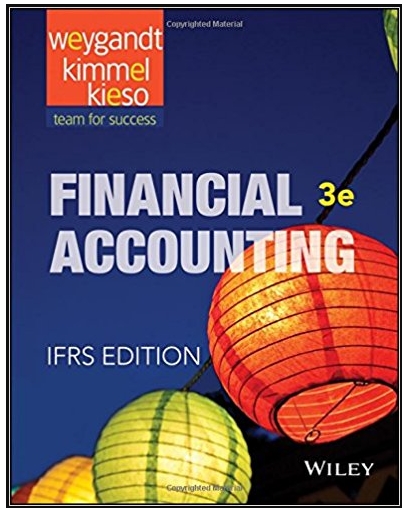Hú Ltd. uses the allowance method to estimate uncollectible accounts receivable. The company produced the following aging
Question:
.png)
Instructions
(a) Calculate the total estimated bad debts based on the information on page 414.
(b) Prepare the year-end adjusting journal entry to record the bad debts using the aged uncollectible accounts receivable determined in (a). Assume the current balance in Allowance for Doubtful Accounts is a HK$3,000 debit.
(c) Of the above accounts, HK$5,000 is determined to be specifically uncollectible. Prepare the journal entry to write off the uncollectible account.
(d) The company collects HK$5,000 subsequently on a specific account that had previously been determined to be uncollectible in (c). Prepare the journal entry(ies) necessary to restore the account and record the cash collection.
(e) Comment on how your answers to (a)-(d) would change if Hú Ltd. used 3% of total accounts receivable, rather than aging the accounts receivable. What are the advantages to the company of aging the accounts receivable rather than applying a percentage to total accounts receivable?
Step by Step Answer:

Financial Accounting
ISBN: 978-1118978085
IFRS 3rd edition
Authors: Jerry J. Weygandt, Paul D. Kimmel, Donald E. Kieso





